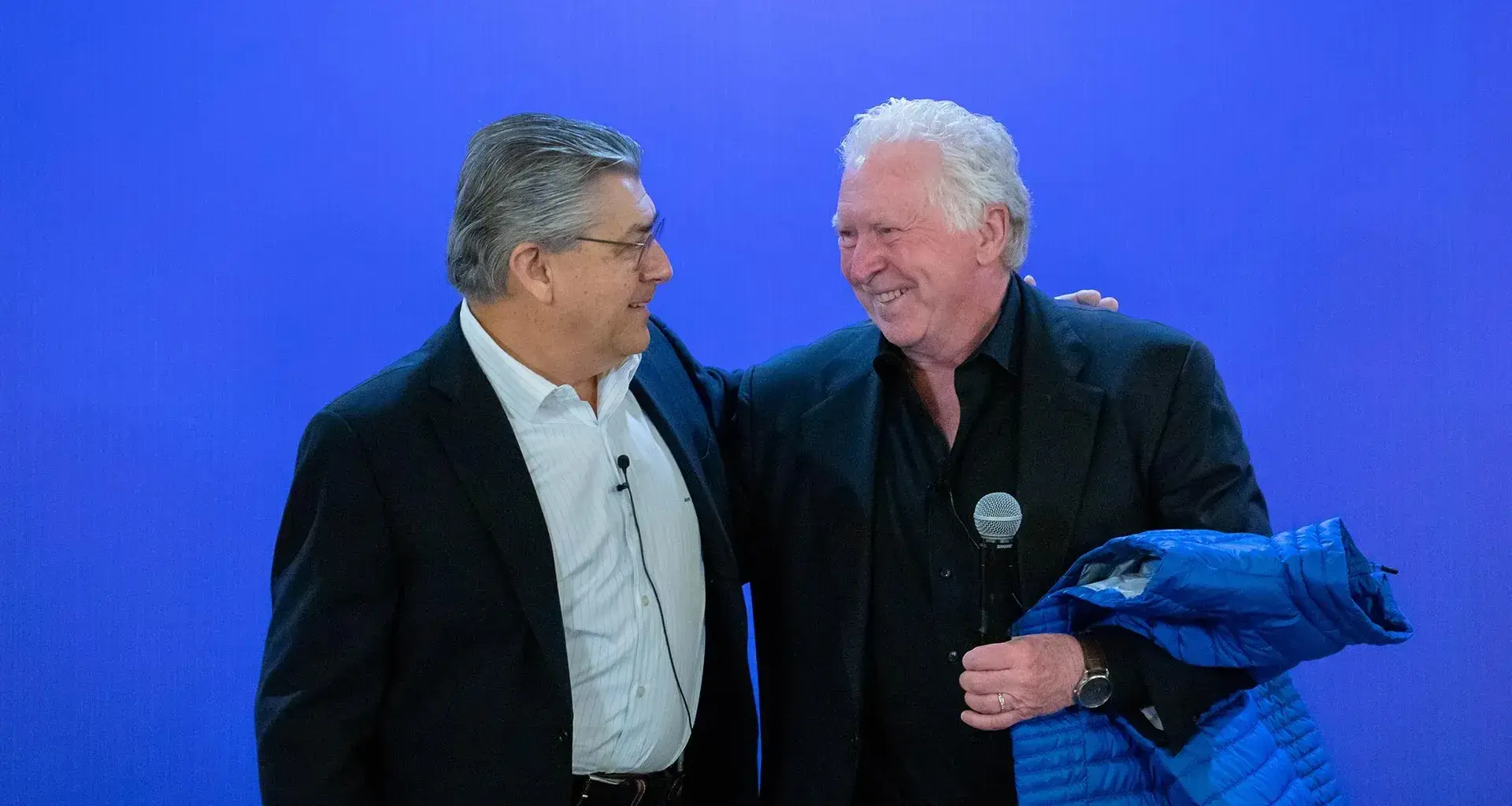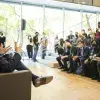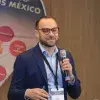Terry Ragon, Founder of the Ragon Institute of MGH, MIT, and Harvard, a research center focused on immune system diseases, proposed a potential partnership with Tec de Monterrey.
Ragon participated in a discussion on philanthropy and research with José Antonio Fernández, the Tec’s Chairman of the Board, at TecSalud’s Zambrano Hellion Hospital.
“I believe that in the best place and with the best partners, we can find ways to cooperate and even develop new technologies,” said Fernández Carbajal.
This institute brings together scientists and engineers from diverse fields to promote immune system and health research with the aim of preventing and curing human diseases, mainly focusing on HIV and AIDS.
“How can we change the world for the better? (...) If we’re successful (in finding a cure for HIV), we’ll probably learn how to tackle other diseases in the process,” Ragon said.
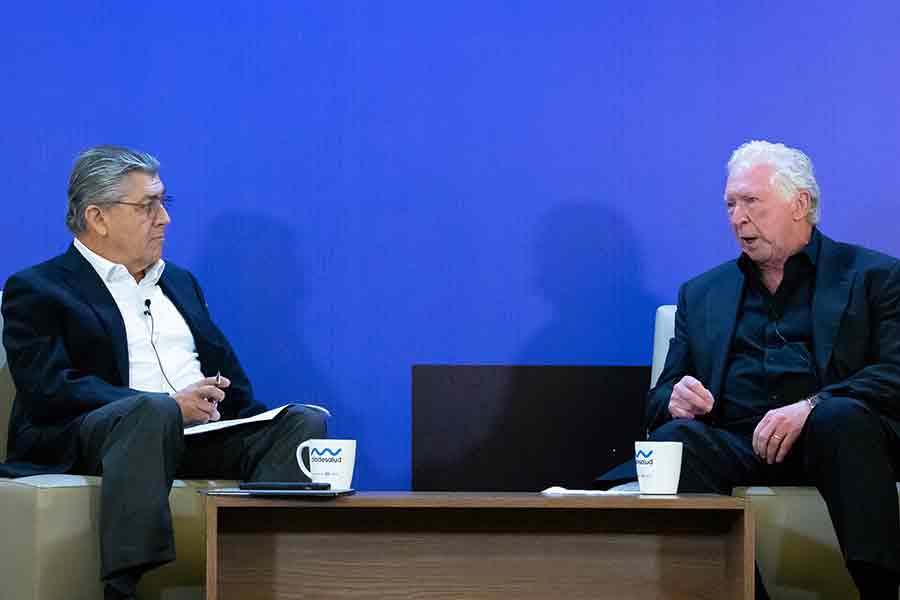
An opportunity to work with the Tec
David Garza, Rector and Executive President of Tec de Monterrey, said that one of the main aims when seeking partnerships with other universities and institutions essentially lies in increasing the Tec’s ability to make an impact.
“We believe in international synergies with world leaders, such as this institution, which is working with MIT and Harvard and is interested in establishing a relationship.
“Also, listening to these kinds of messages and stories is inspiration for us all,” Garza said.
To this end, Terry said that the idea of exploring a possible collaboration between Tec de Monterrey and The Ragon Institute came from Bruce Walker and Facundo Batista, who is a Professor of Microbiology and Immunology at Harvard.
“That’s the reason we’re here, to discover possibilities and see if there are opportunities for all of us,” Ragon said.
Where his passion for helping people came from
During the discussion, Terry shared how his interest in philanthropy and research first developed, after his father moved him and his family from the United States to Bogotá, Colombia, in 1967.
On his way to high school, Terry would see various young people and children who didn’t have the opportunities that he had in life, and he would wonder why that might be the case.
“Years later, when I’d pursued my career and was more financially successful, I kept thinking about those kids and realized that I felt a responsibility to do something to help make the world a better place.
“That passion evolved into wanting to help people in developing countries develop the skills to help themselves,” Ragon said.
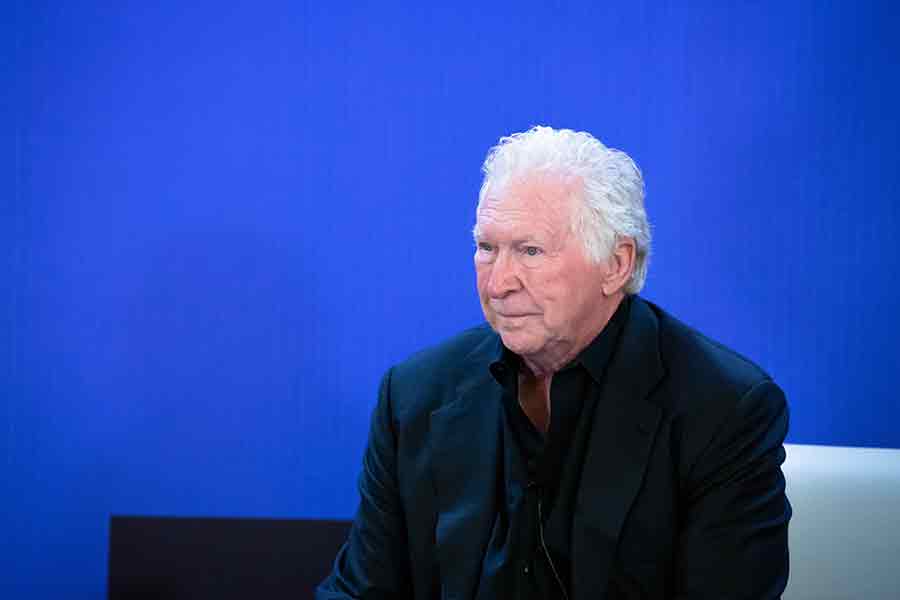
After graduating from university, he started working at a company developing medical technology applications.
That was when his journey as an entrepreneur began, seeking to make a profit but without forgetting that passion he felt.
A year and a half later, Terry started his own company focused on these technology applications, such as developing software used in various fields, both in finance and health.
“30% of stock market transactions are made with systems that use our software.
“But helping a bank to increase its profits doesn’t give you the same thrill as helping a healthcare system whose aim is saving human lives,” Ragon said.
The Ragon Institute currently focuses on 6 main research areas and COVID-19 as an international emergency.
These areas include HIV, Global Infectious Diseases, Emerging Infectious Diseases, Vaccine Development, Clinical Studies, and Basic and Applied Immunology.
Its facilities in Cambridge, Massachusetts, are designed to safely conduct immunology and infectious disease research.
He tells how The Ragon Institute began
During the discussion, Terry explains that the institute’s work began with a visit to Africa with Bruce Walker, the current Chief Scientific Officer.
“I don’t understand. I can process every word you say, but I don’t understand what you’re doing.
“Perhaps if I go to Africa with you, I can better understand what it is that you do,” Terry told Bruce the day they met and on what would be the beginnings of their collaboration.
During that visit, he learned about cases of women who had HIV in a community in which Bruce had worked, as one of the world leaders in the study of immune control and the Human Immunodeficiency Virus.
From that moment, Terry and Bruce began working on The Ragon Institute’s main goal: contributing to the HIV and AIDS vaccine through joint study and research.
“I couldn’t help those people in particular, not without first doing something in the field of HIV. I saw that there were opportunities for working in that area.
“We began talking about HIV and about putting together a new ‘Manhattan Project’, where we bring together the best scientists from different fields and work to solve important issues,” Ragon said.
“We began talking about HIV and about putting together a new ‘Manhattan Project’, where we bring together the best scientists from different fields and work to solve important issues.”
Terry added that one of the reasons for funding this project from a philanthropic view is that it can speed up the process of finding solutions or even cures, as opposed to doing research with public organizations in the traditional way.
“If we’re successful (in finding a cure for HIV), we’ll probably learn how to tackle other diseases in the process,” Terry said.
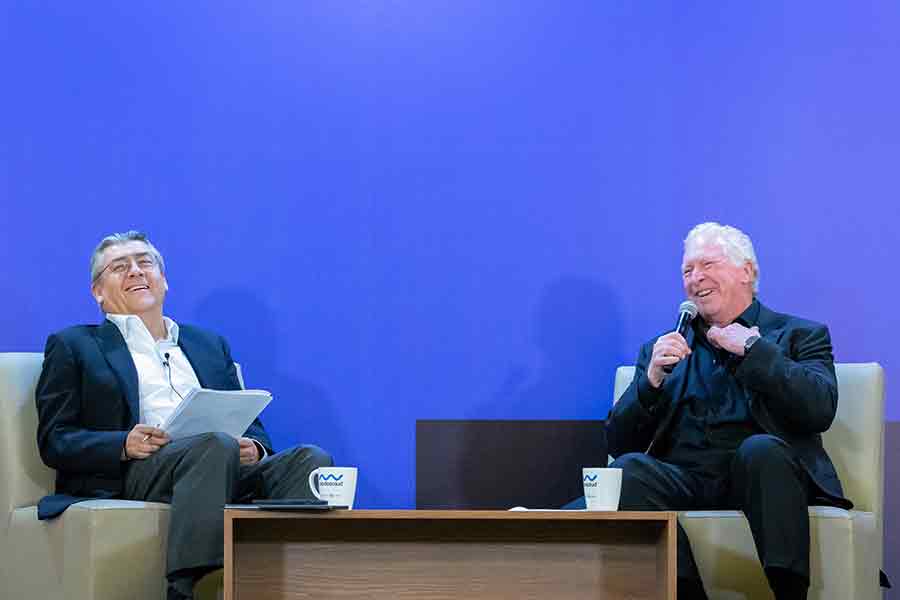
The importance of leadership in research
Terry points out the importance of leadership in projects that seek to make the world a better place and, just like the organization he founded, that seek to bring together talent for a purpose.
“I think the reason the 3 institutions (Harvard, MIT, and MHG) came together was that, just like here at Tec de Monterrey, the presidents of these institutions are committed to their mission,” he says.
Terry pointed out the challenge of universities carrying out these activities because they don’t work in the same way as companies or corporations.
“Universities work differently, so it was interesting to see how institutions that work differently came together to collaborate.
“It wouldn’t have been possible without the support of the directors or faculty. At the end of the day, what really stands out is their good heart and keenness to make the world a better place,” said Terry.
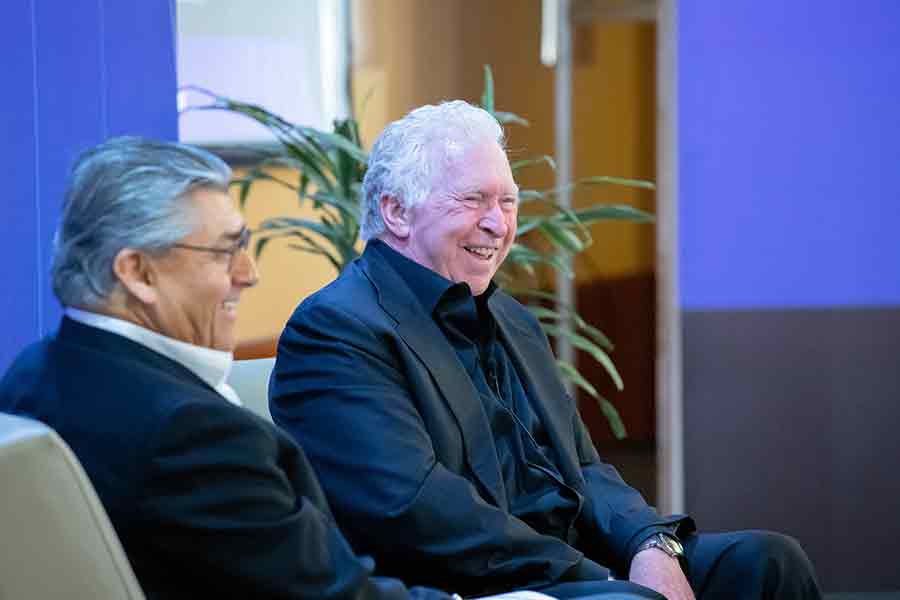
Its role in times of crisis and COVID-19
During the COVID-19 pandemic, the HIV/AIDS research work carried out by The Ragon Institute was also helpful in the medical field.
Terry says that they’re already working on a universal coronavirus vaccine, as well as an influenza vaccine.
“I believe that it’s possible and that the research we’re doing on HIV is fundamental. One of the biggest problems with HIV is that it mutates so quickly. It does so even more times in a single individual than influenza does around the world in a year,” he explained.
Terry says that the work already carried out in that area was of vital importance during some of the coronavirus research.
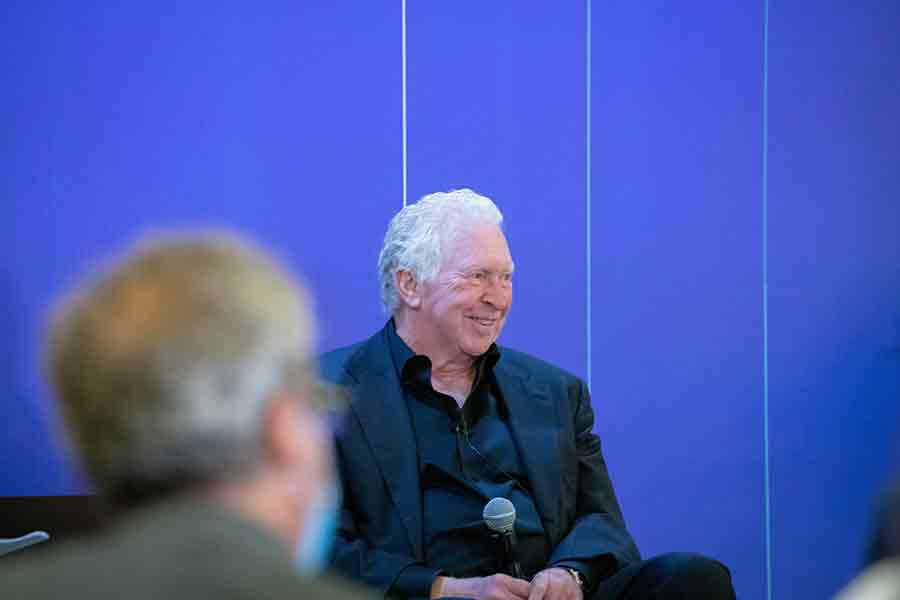
READ MORE:

